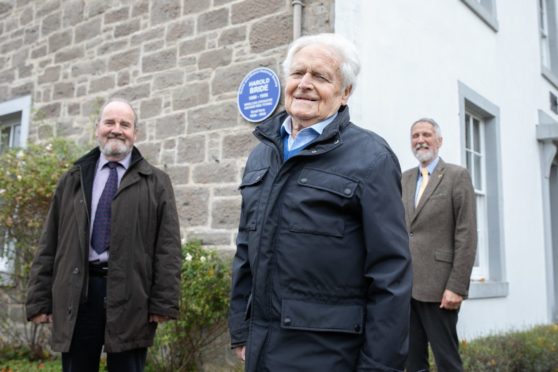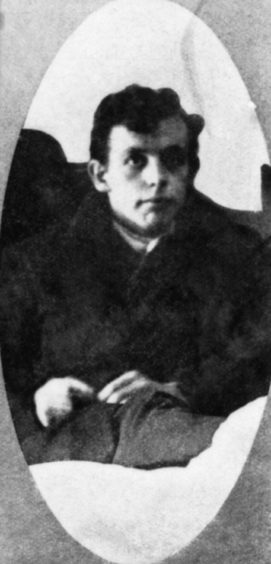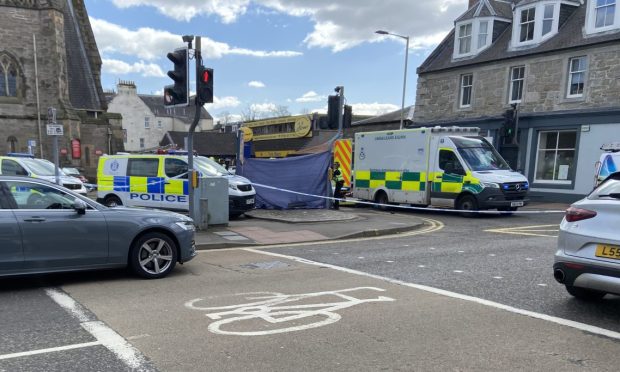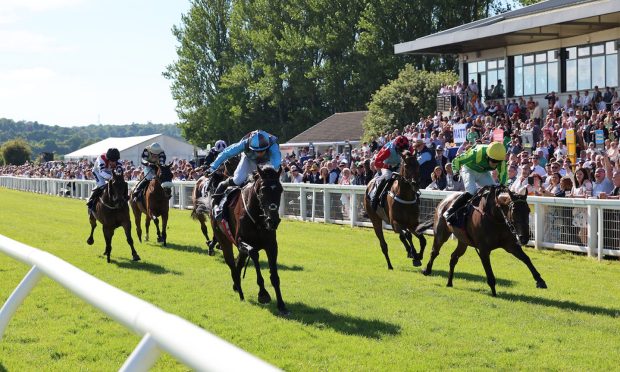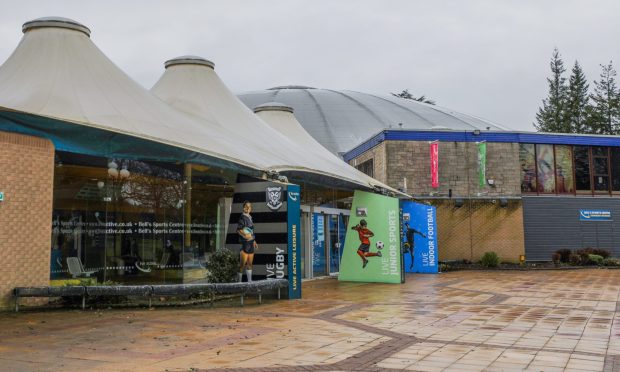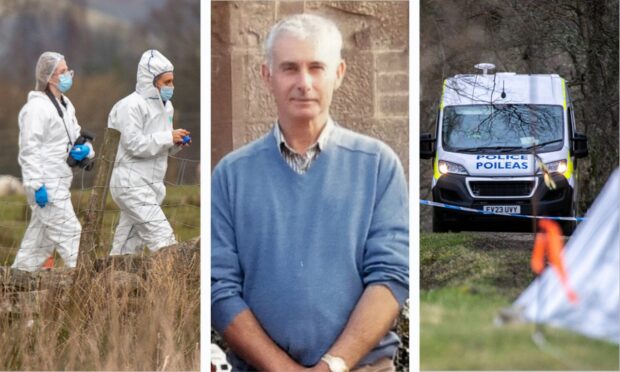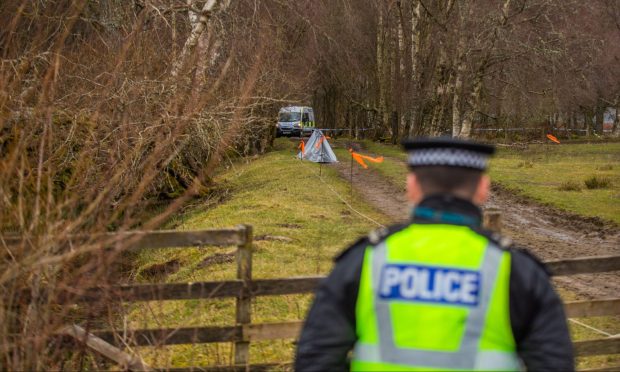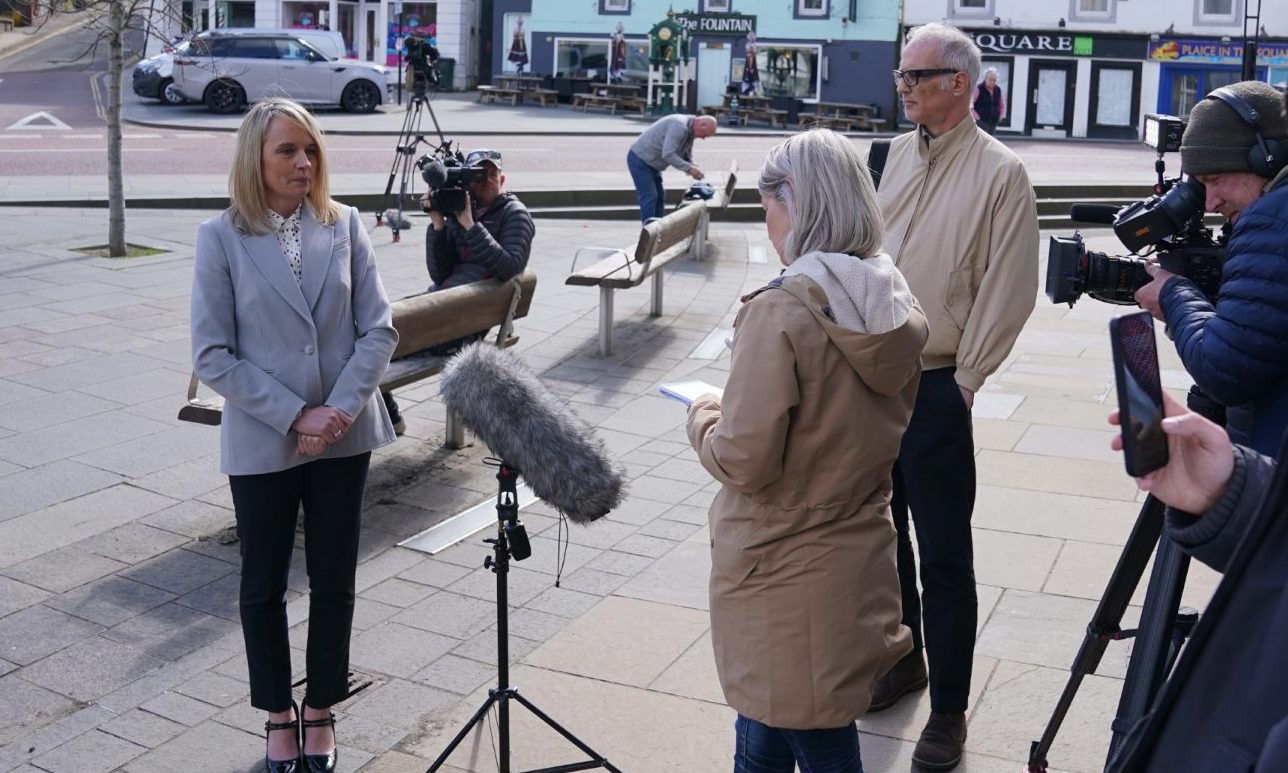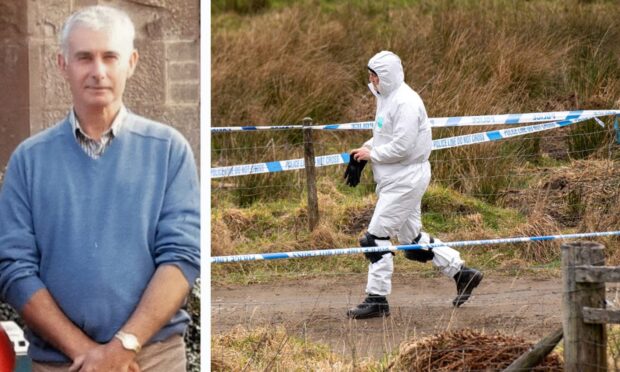A radio officer credited with saving lives as the ill-fated Titanic was sunk on its maiden voyage has been honoured at his former Perthshire home.
Harold Bride – who lived in Scone for a decade – is often named as the first person to use the SOS signal in operational circumstances.
A blue plaque was unveiled in his memory on Thursday afternoon at his former home on Mansfield Road, by the Scone and District Historical Society.
The house is now owned by George Stewart, one of the society’s members.
Originally from London, Bride lived in Scone from 1934 until 1944 before moving to the Glasgow area. It is understood he also lived in Dunning, to the south of Perth, for four years.
Chairman of the Scone and District Historical Society, Mike Moir believes the town’s connection to the Titanic will prove fascinating to locals and visitors.
He said: “Anything to do with the Titanic generates a lot of interest.
“A lot of older people in the area will remember him having lived here but I would guess a lot of people in Scone won’t realise there is a link between Scone and the Titanic.”
The unveiling was initially due to take place in March but was postponed when the UK went into lockdown in response to rising Covid-19 cases across the country.
Born in 1890, Bride was only 22 when he worked onboard the Titanic on its fateful trip across the Atlantic.
Having trained as a Marconi Wireless Operator, Bride left Southampton for New York aboard the “indestructible” ship.
He had just begun his shift when Captain Edward Smith announced the vessel had struck an iceberg in the early hours of April 15, 1912.
His heroic efforts on the night to relay emergency calls to other ships in the area are said to have saved many passengers and crew members.
Bride survived the terrifying ordeal as the ship slipped under the icy ocean waters during the Titanic’s sinking. He was swept overboard and suffered severe frostbite and crushed feet before being rescued.
He scrambled aboard an upturned lifeboat and was saved by crewmen from RMS Carpathia, the ship which arrived in the wake of the tragedy thanks to the radio messages he had sent out.
Despite his injuries, he went back to work on the Carpathia’s to transmit survivor lists and personal messages ahead of the ship’s arrival in the USA.
Following the tragedy – during which more than 1,500 people died – Bride made the move to Perthshire to escape the attention he received.
It is believed he continued to work as a wireless operator for the rest of the decade – including during the First World War – before becoming a salesman in Glasgow, where he died, aged 66, of lung cancer in 1956.
Mr Moir said: “He is an important historical figure.
“He, himself, did not like the fame from the Titanic and he wanted to lay low.
“It is an aspect most people don’t know about and it might even bring about more famous connections to Scone.”
